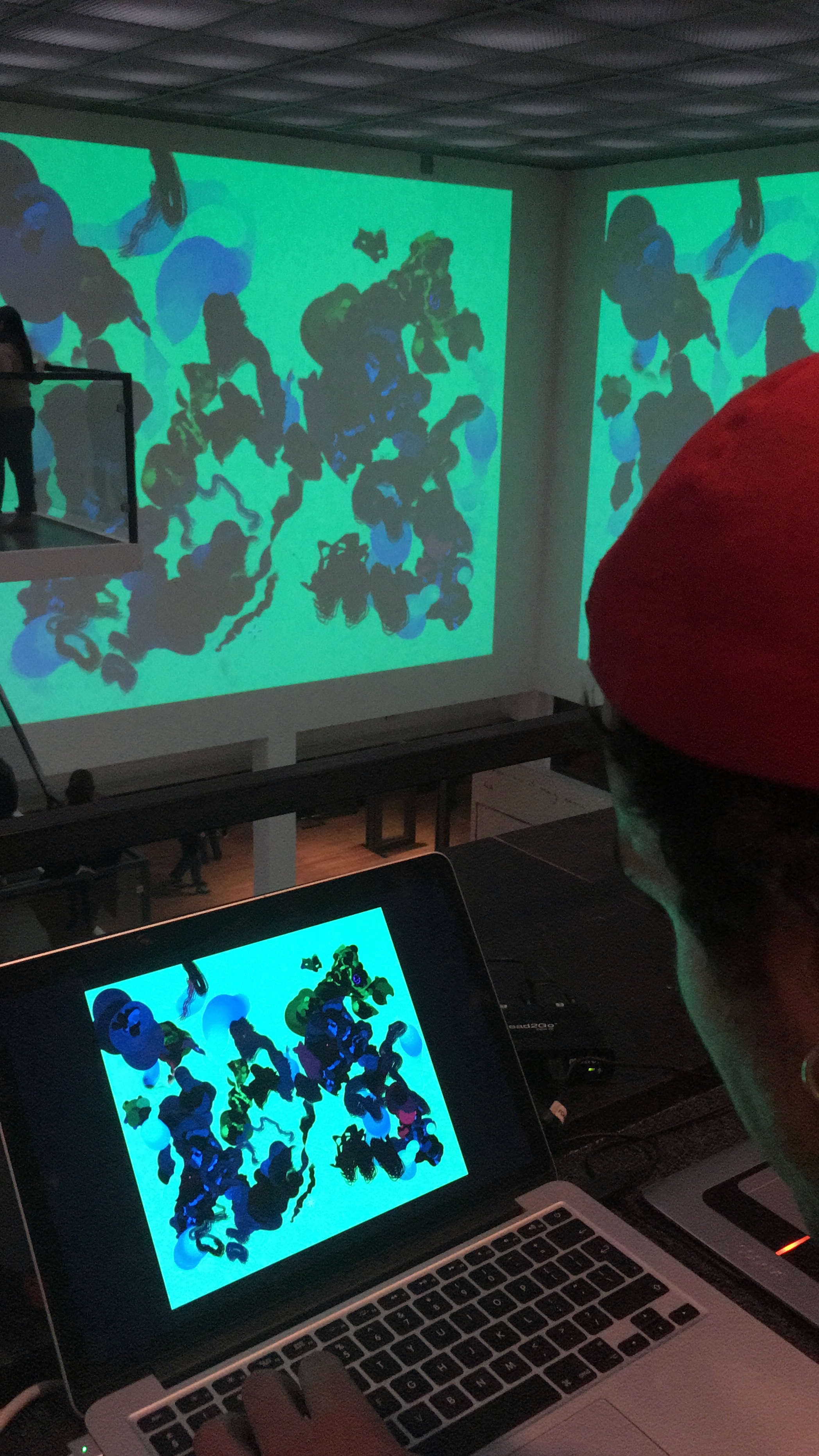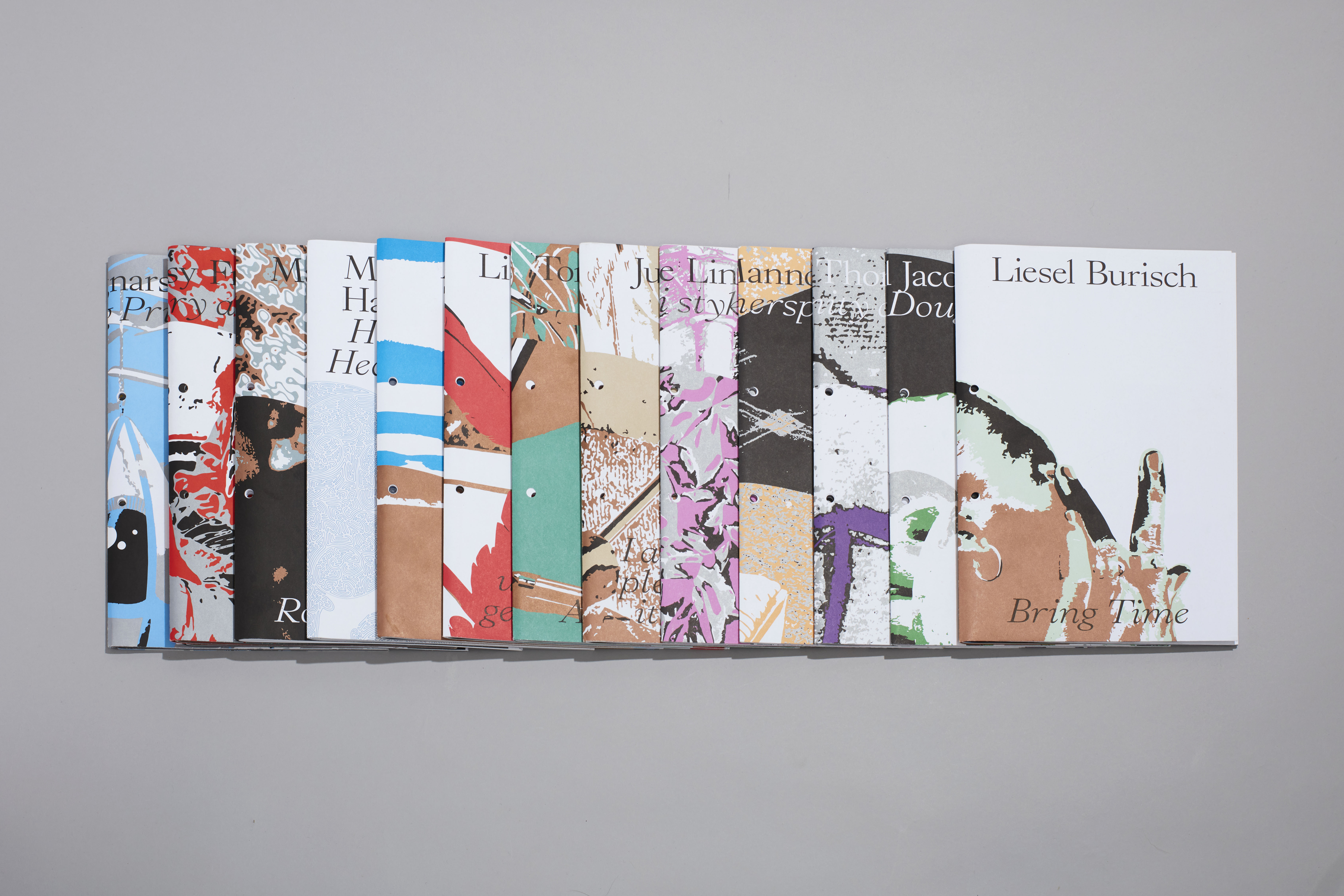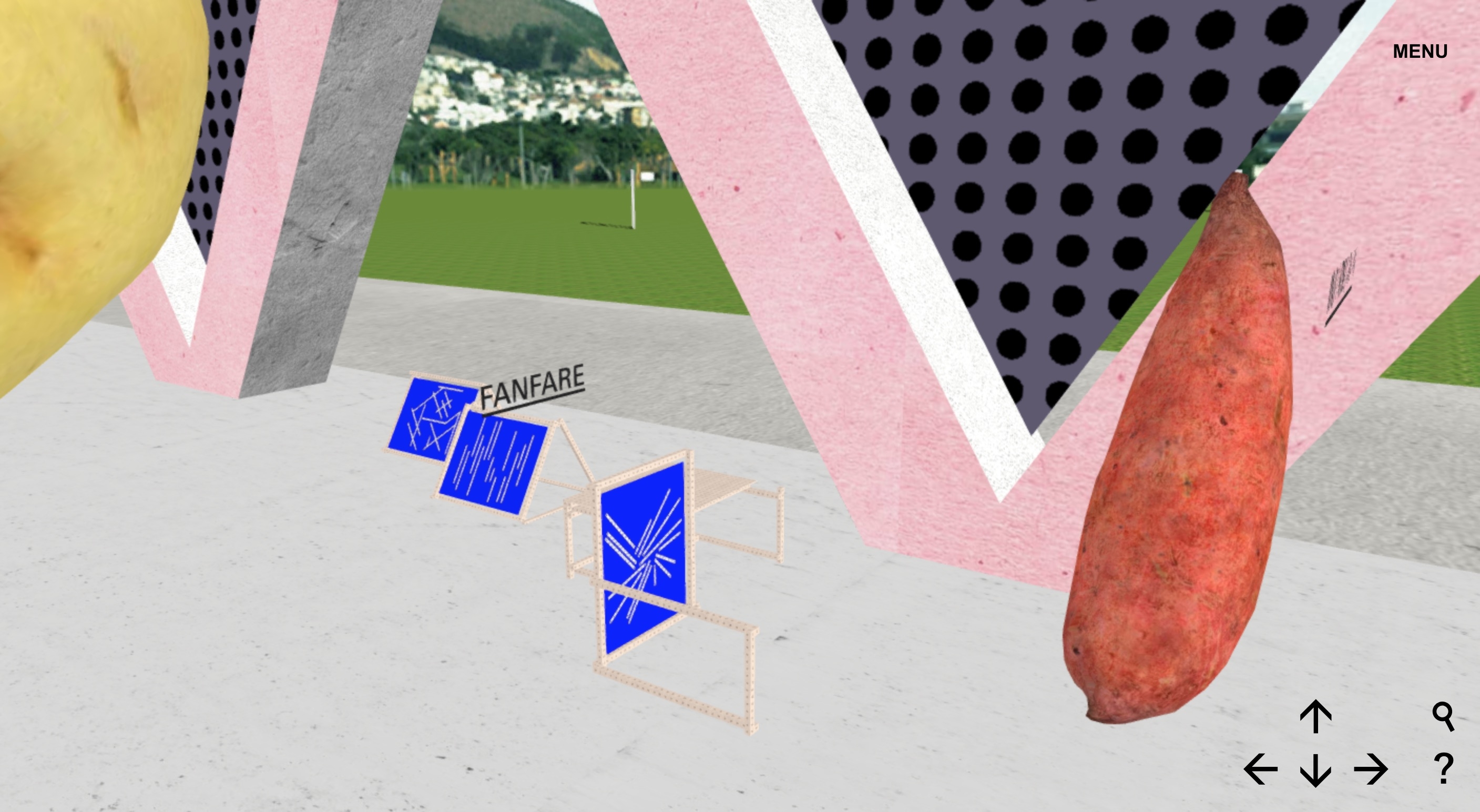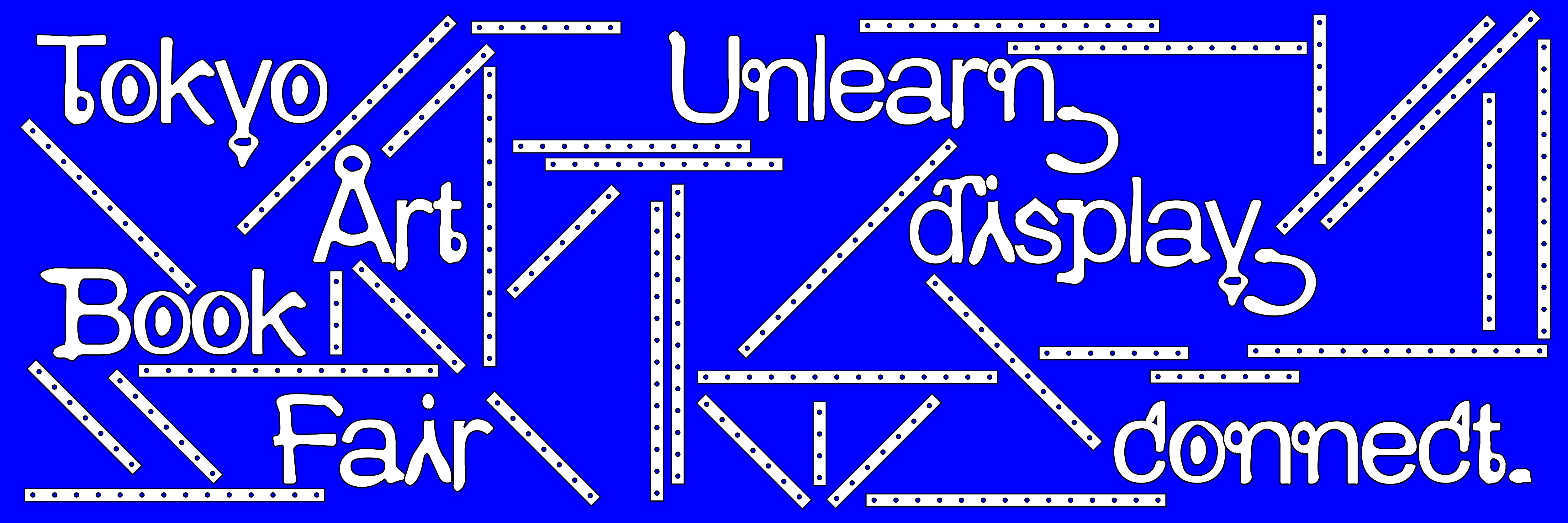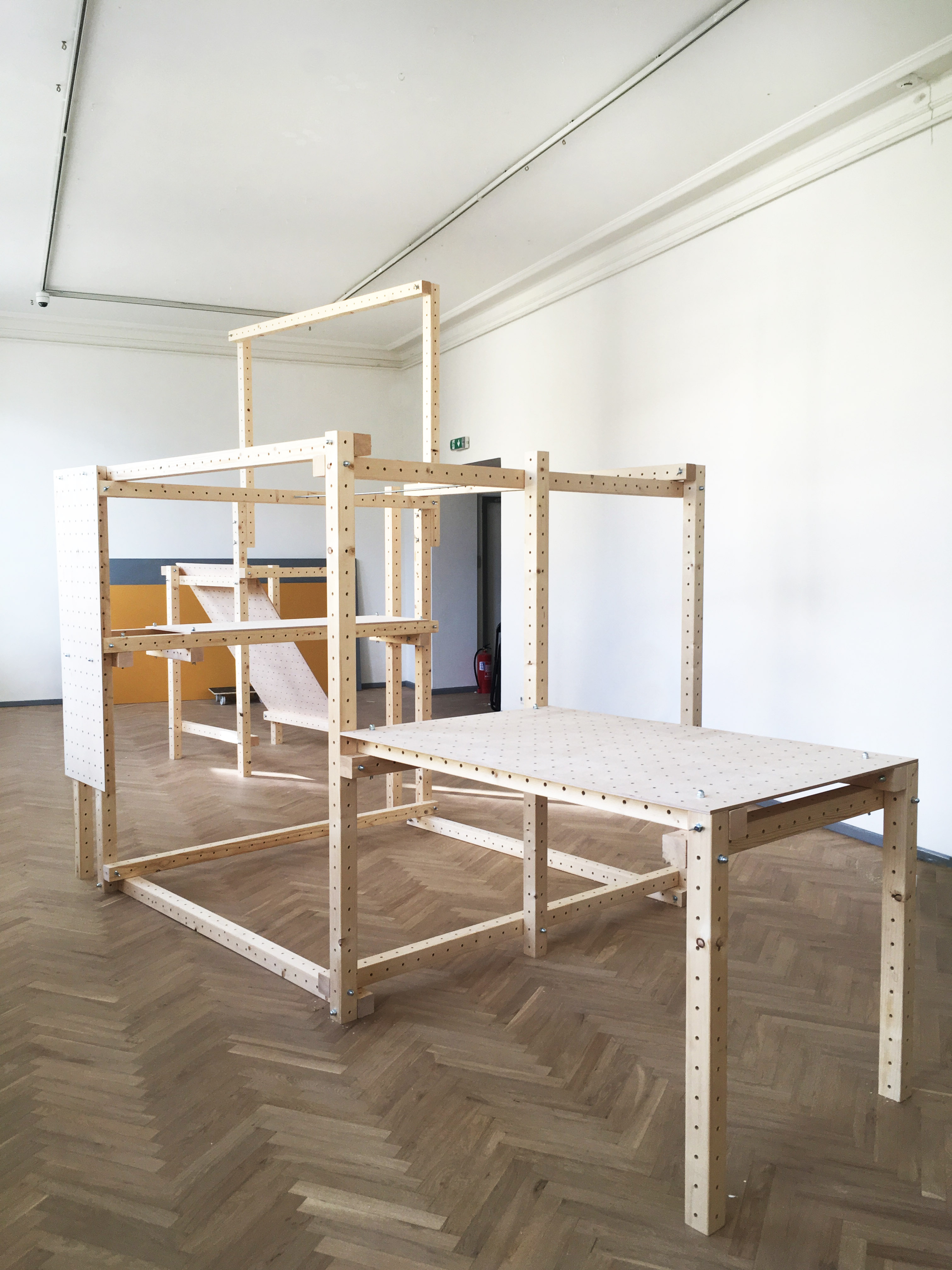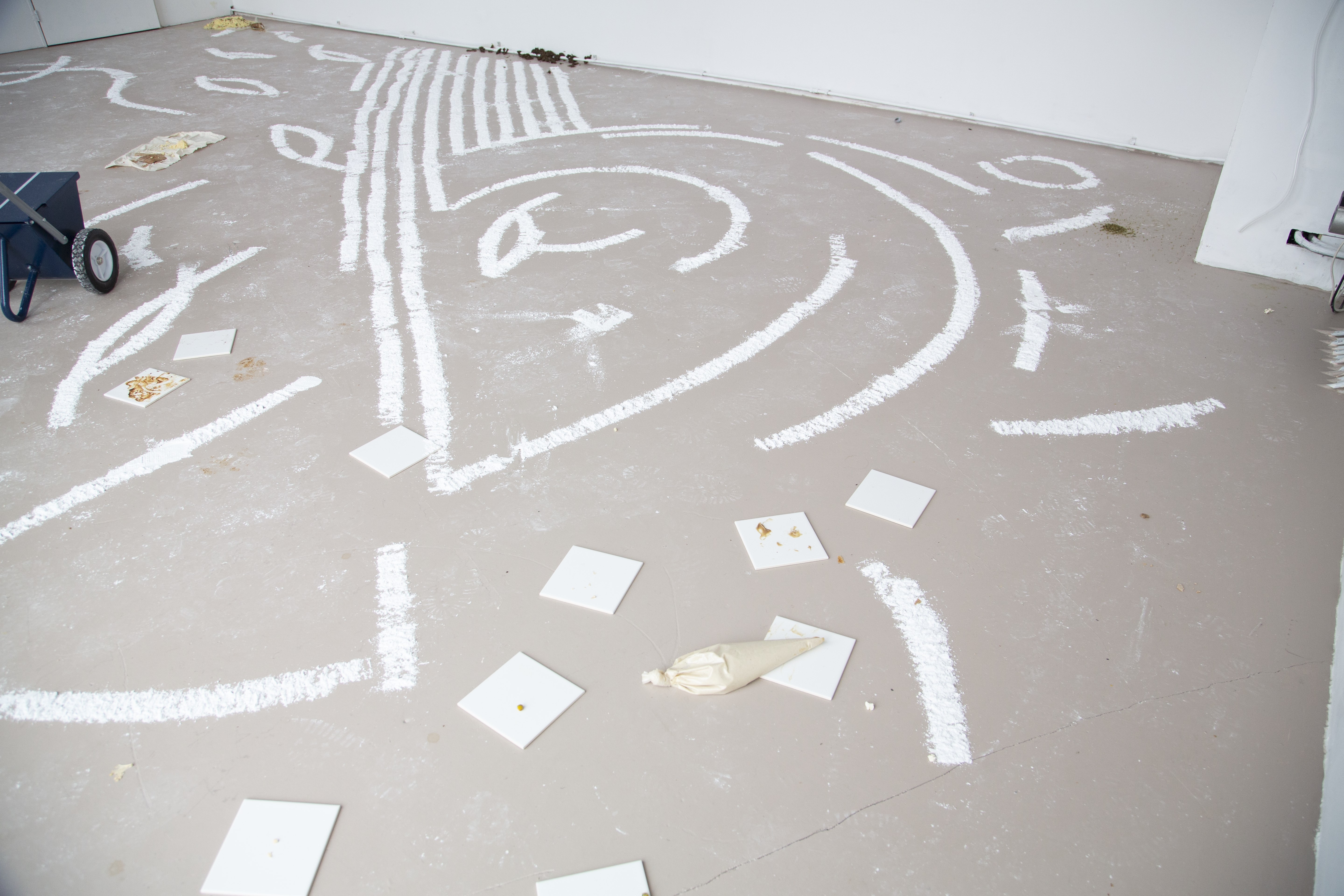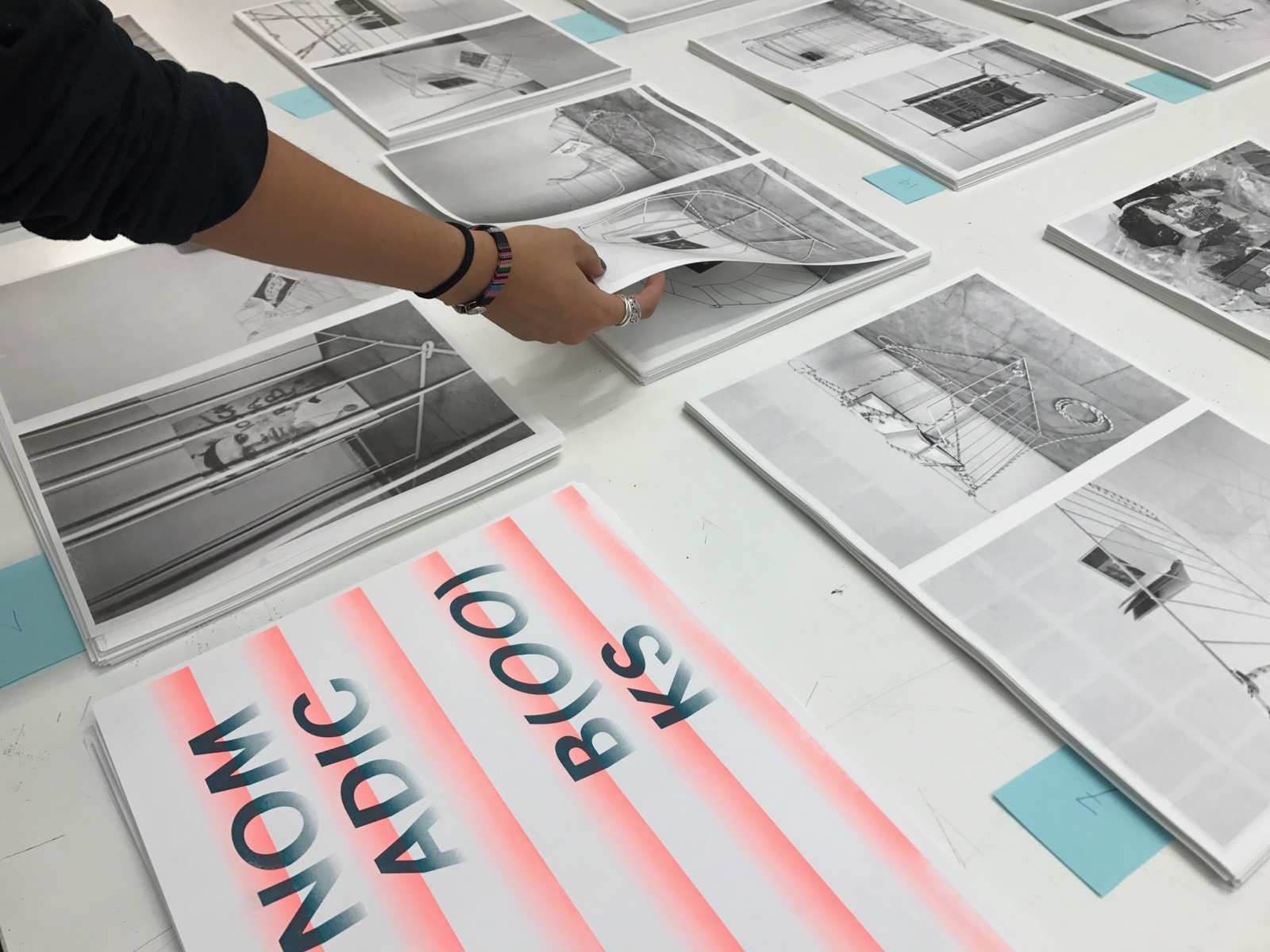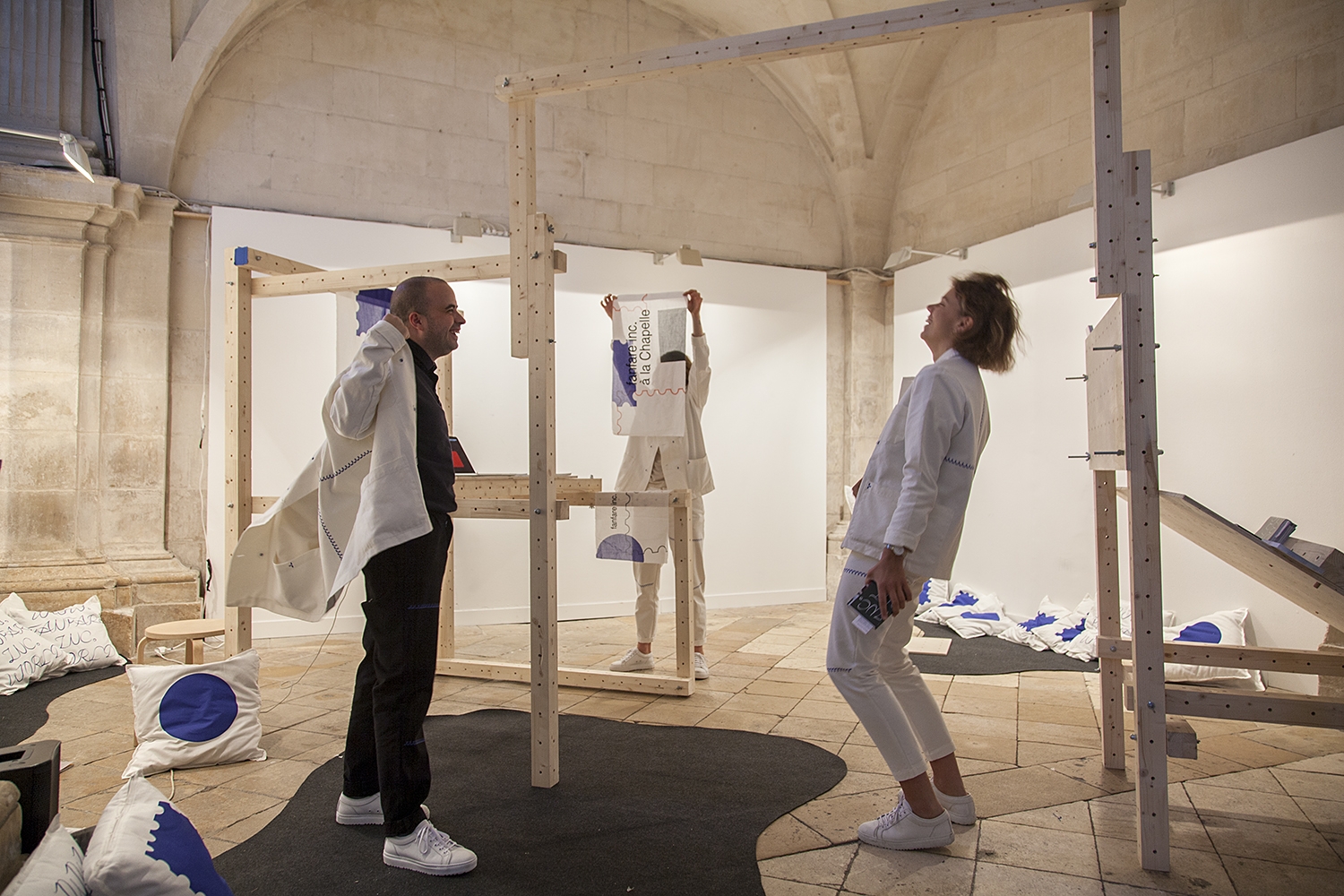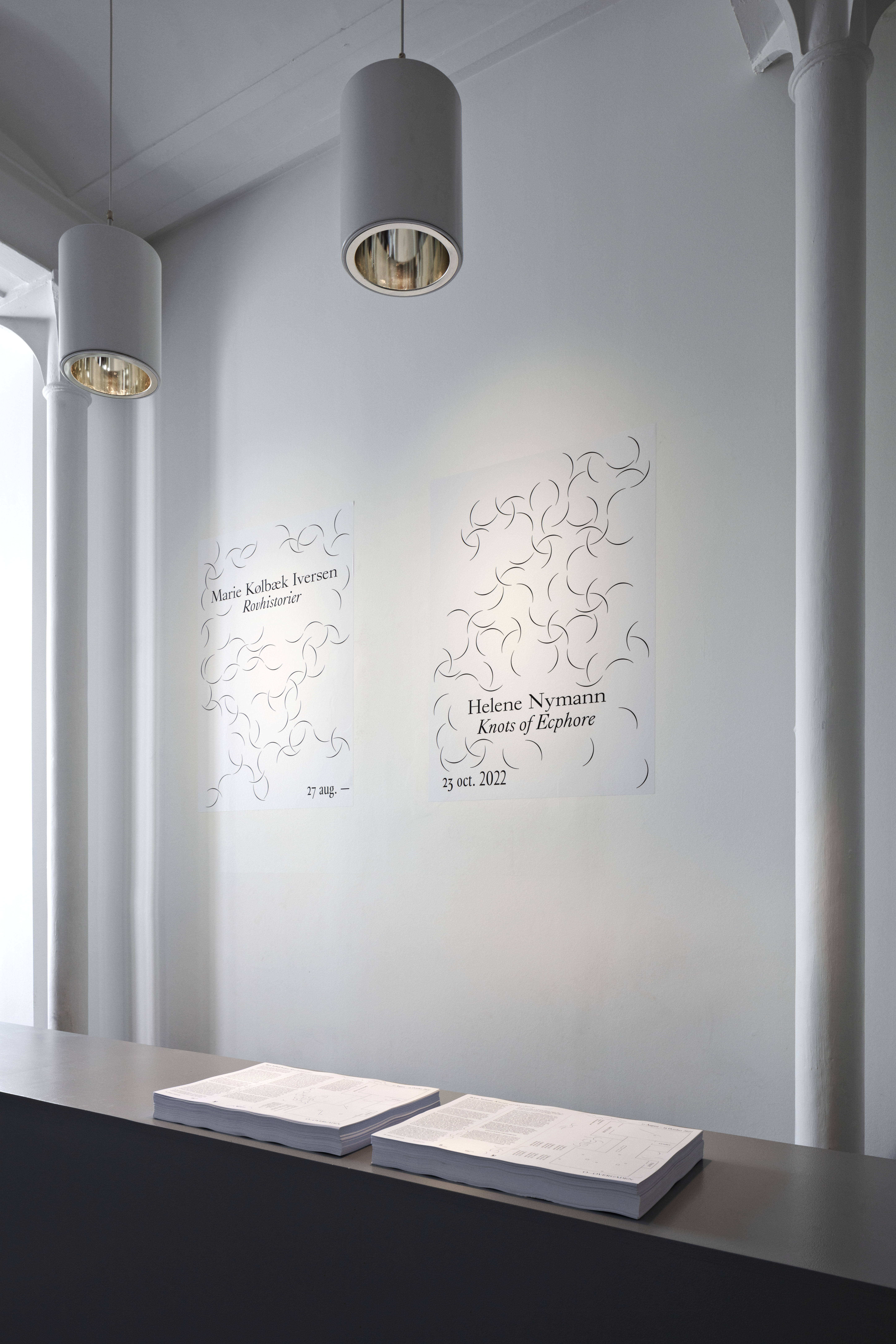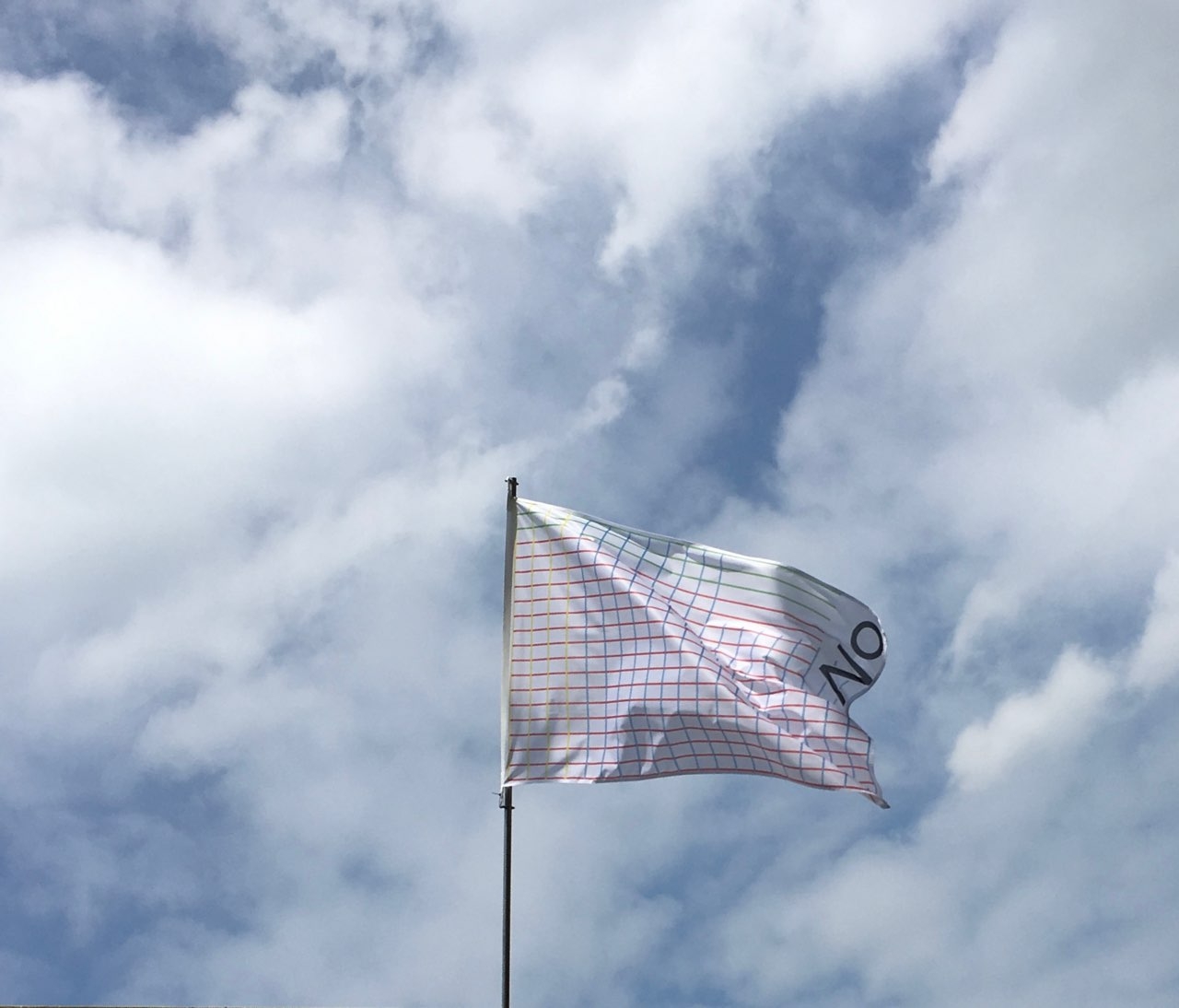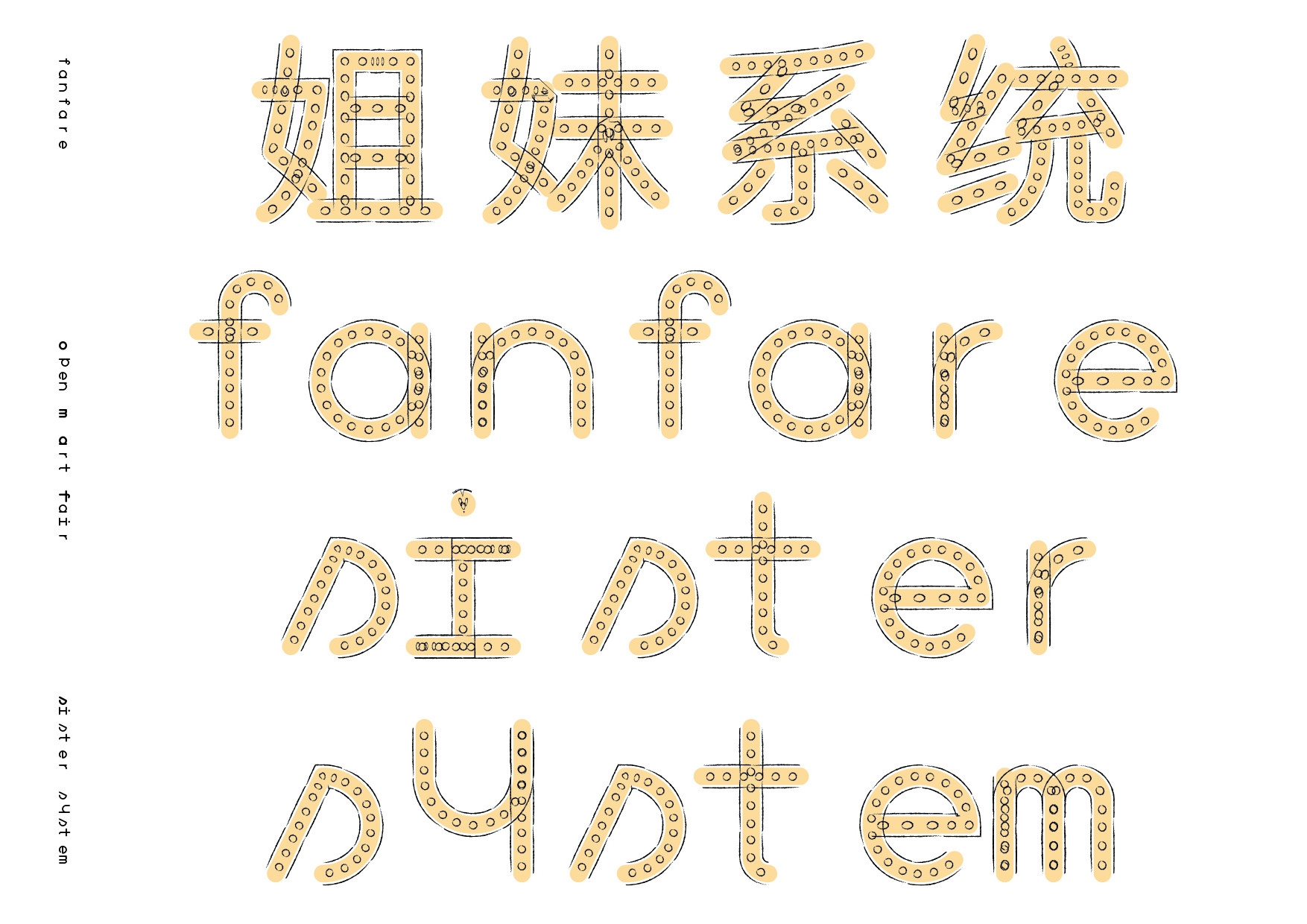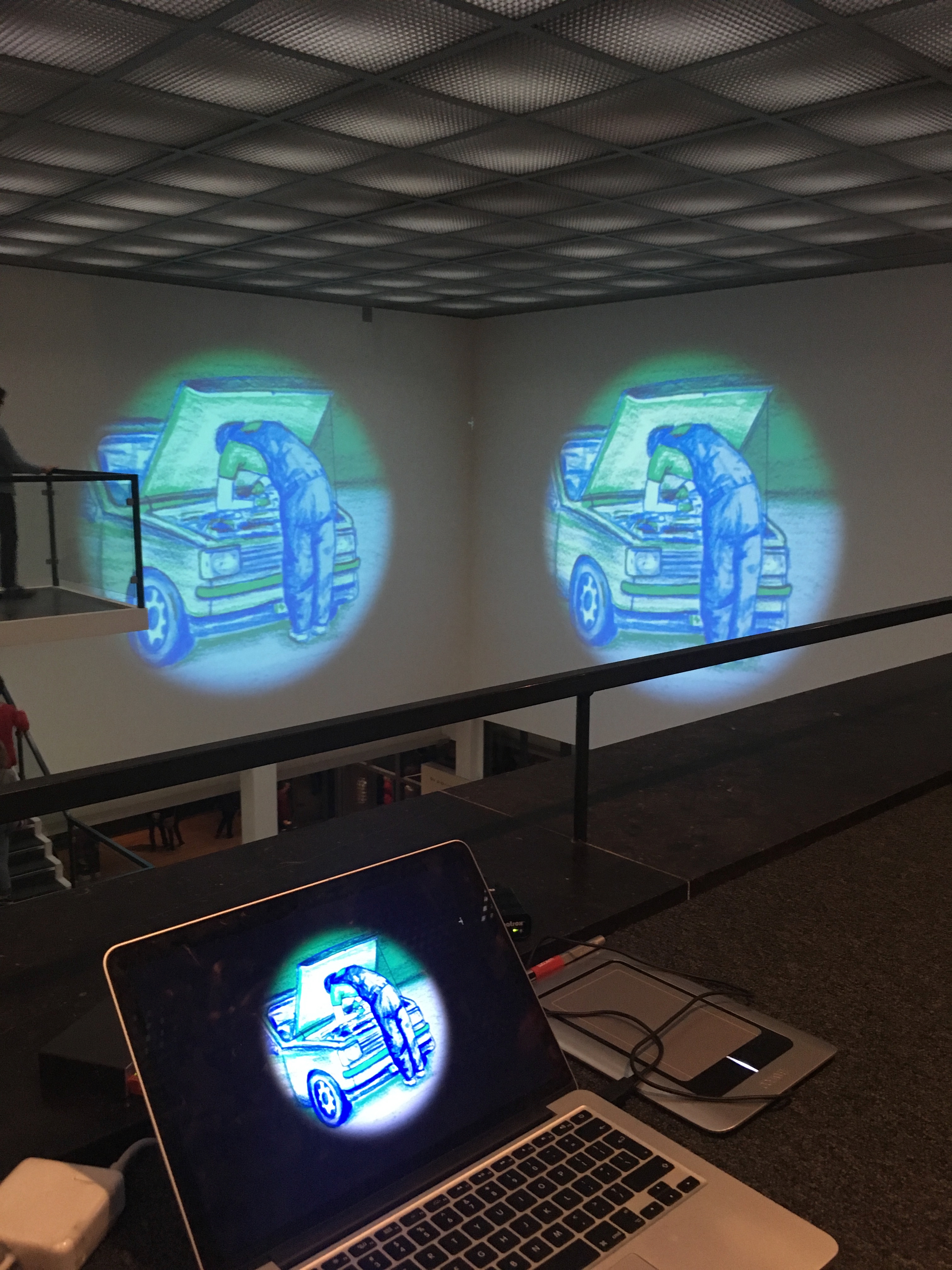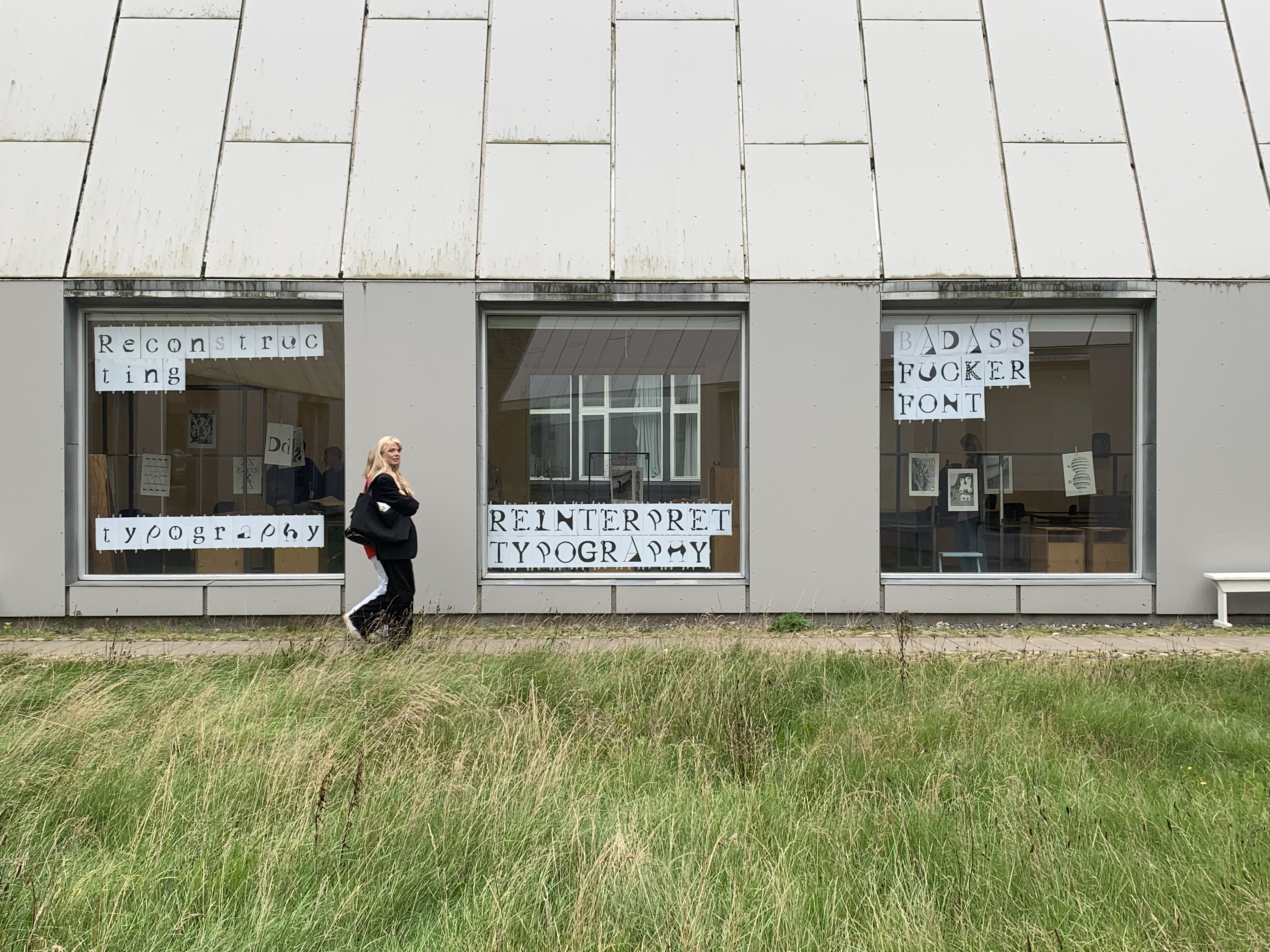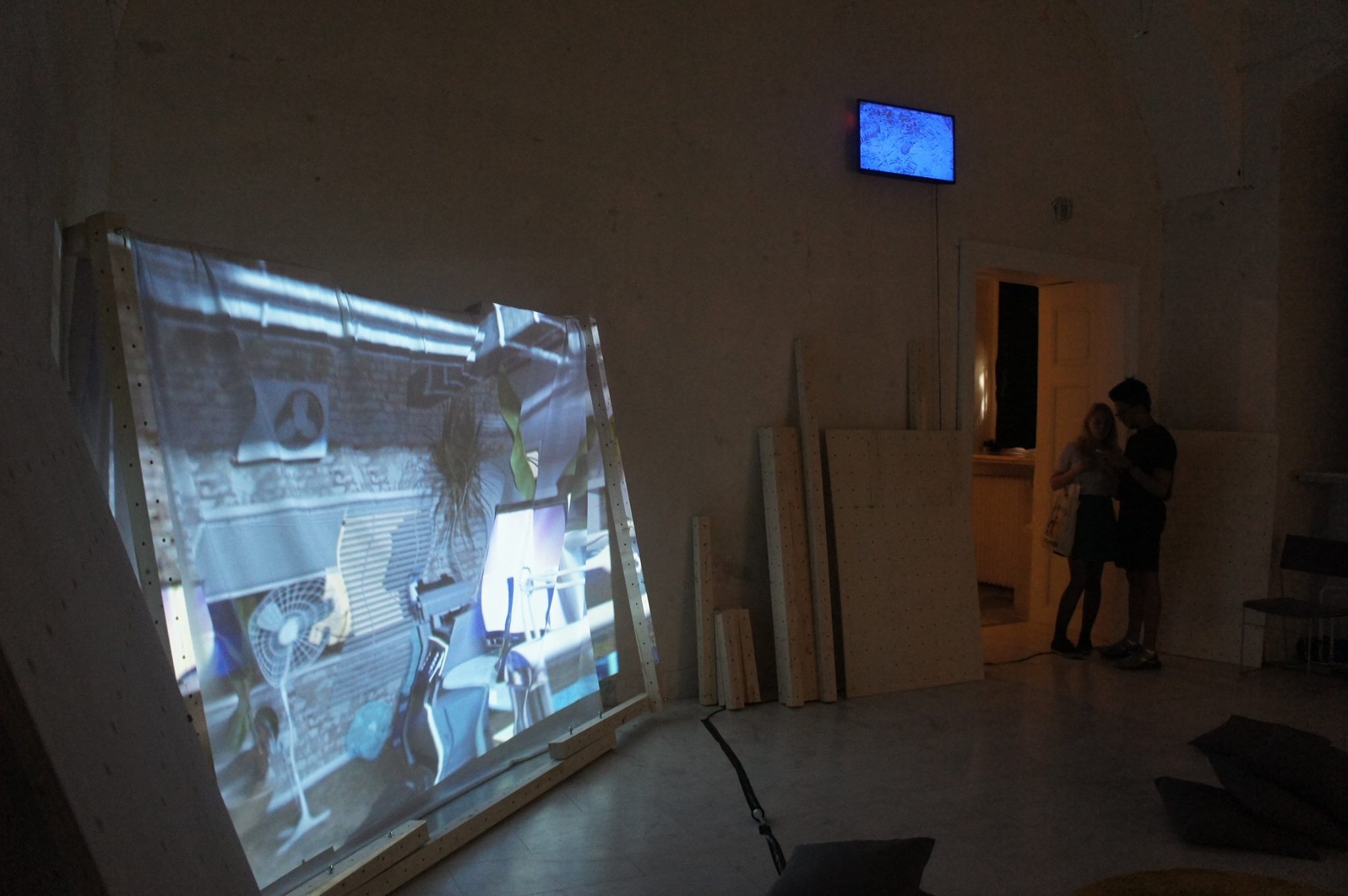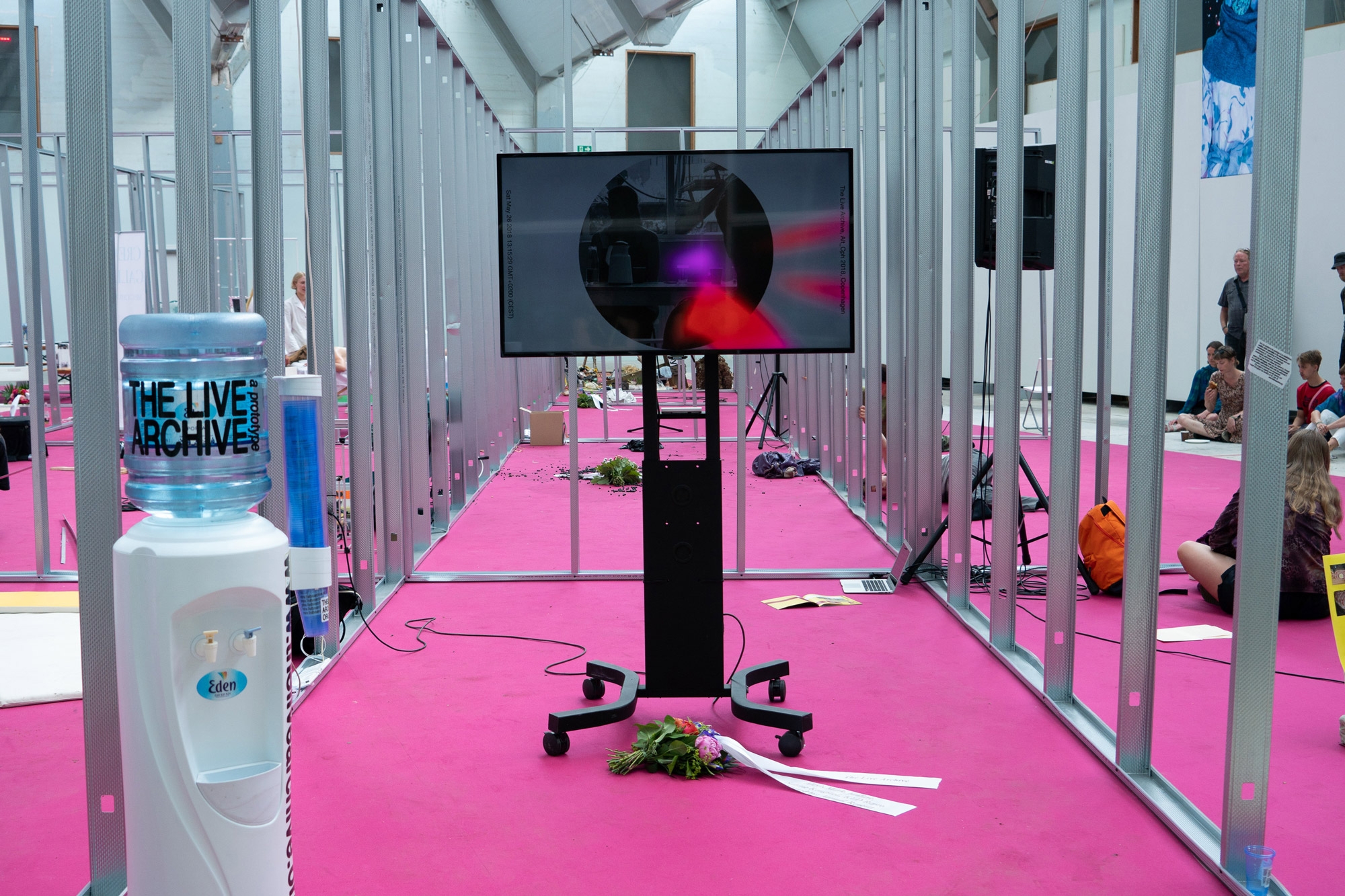Researching across intersections of visual language, critical publishing, and digital media environments. Continuously learning – currently as a PhD fellow at the London School of Film, Media and Design, UWL (UK). Actively contributing to stanza – project space & studio for critical publishing (DK). Creatively co-directing fanfare – artistic research collective for broken channels of interlinked communications (NL).
- Sister display System (姐妹系统)fanfare, abC team, Open M Art Fair in Chengdu (CN)Display system and publication manual for the Open M Artfair
- Misplaced, disrupted, dysfunctionaltransmediale (DE), Digital Aesthetics Research Center, Aarhus University (DK), Centre for the Study of the Networked Image, London South Bank University (UK)Research presentation and writing contribution
- Unlearn, Display, ConnectTokyo Art Bookfair (JP)Curatiorial concept and artistic direction for country section
- Glitchy, Caring, TacticalA Relational Study Between Artistic Tactics and Minor TechPaper for APRJA
- Between Dog & WolfAmsterdam (NL), Copenhagen (DK), Milano (IT)Film and research of online conspirational climate imaginaries
- Making it workfanfare (NL)Conversation series on drives and struggles across creative collective practices
- Broken ChannelThree-day research programme on dependence of efficient navigation and communication technologiesfanfare (NL)
- Overgaden identityOvergaden (DK)Visual identity and concept for contemporary art institution
- Wat nu, Koetsier?Museum of Communication (NL)Curatorial concept, creative direction and research of misused advertisement spaces
- Landscape with Bearde Appel Amsterdam (NL)Creative direction and visual identity for group exhibition
- Playground of the In-BetweenGraphic Days (IT)Concept, creative direction and visual identity for exhibition audioguide
- Parasite Dinerfanfare, When Site Lost the Plot (NL)Curatorial concept and artistic direction for dine-in duo shows
- fanfare inc. TransportationGraphic Design Biennial (FR)Research series on creative working conditions
- fanfare inc. ToolsManifesta 12 (IT), Its a Book (DE), Libros Mutantes (ES) , fanfare (NL)Research series on creative working conditions
- awɪ sɔː ðə saʊndGerrit Rietveld Academie (NL)Workshop on relations between space, sound, and design
- GlossyKrabbesholm (DK)Workshop on collective typography
- Designing DetourEindhoven Design Academy (NL)Workshop on mapping and neighbourhood encounters
- Nomadic B(oo)ksIED (ES)Workshop on space, books, and displays
- The Live ArchiveALT_CPH (DK)Sound experiement for instant archiving at art fair
- Art of Documenting Artfanfare (NL)Art direction and curation for research series on documentation
- From Elite to the StreetVan Gogh Museum (NL)Concept, curation, creative direction for exhibition intervention
- fanfare displayTallinn (EE), Chaumont (FR), Leipzig (DE), Amsterdam (NL)Concept and construction of modular display system
- Flag dialogueCouncil of the European Union , Amsterdam (NL)Creative direction and writing for conversational flags
- Lunch BytesAmsterdam (NL), Zürich (CH), Washington, D. C. (US)Creative direction and visual identity
With an ongoing interest in the display as a publishing medium, the modular display structure of fanfare was created together with Lotte van de Hoef in the early days of fanfare. The structure was a response to a lack of permanent address and effectively a necessity for adaptability in scale and function.
What is the fanfare display system?
The fanfare display system is, in its basic form, composed of panels and beams that contain holes through which nuts and bolts can be threaded to create infinitely various forms. Much like a book, the panels work like blank pages whose layout finds form through their careful arrangement in relation to the beams, holes, nuts and bolts.
The fanfare display was, at first, a pragmatic solution to our nomadic existence. Over the years, however, the display has proved incredibly durable as an infrastructure for shaping the activities and events that take place in the fanfare space, at different moments serving either as furniture (seating, desk, shelf, hanger, plinth, stage) or as spatial element (cube, wall, wayfinder). Whether constructed in public, at fairs, or in institutions, the display is not an empty container, but a device that allows fanfare and its collaborator to claim space, frame content, propose ideas and generate happenings. In this way, the display is both a publishing device and a medium of its own, a tool for thinking critically about the links between graphic design research, spatial publishing and its various potential publics.
The display allows you to claim space, frame content, and publish ideas.
The display reflects a system of thoughts: what is to be organized, exposed, published, distributed, shared? Why, how, and for whom?
The display catalyzes the research, directs the viewer, exposes the process. It shows the structures we use, the language we choose, the behaviors we embody, and the social interactions we engender.
Excerpt of display reflections published in First, Then… Repeat. Workshop Scripts in Practice(2022) by Hackers & Designers, edited by Anja Grooten.
Colophon
Display design with Lotte van de Hoef
fanfare is a platform that curates, designs and educates by providing a timely and critical reflection on design and visual communication — both online and offline. fanfare encourages awareness of new exploratory approaches to visual imagery and cross-disciplinary design methodology.
